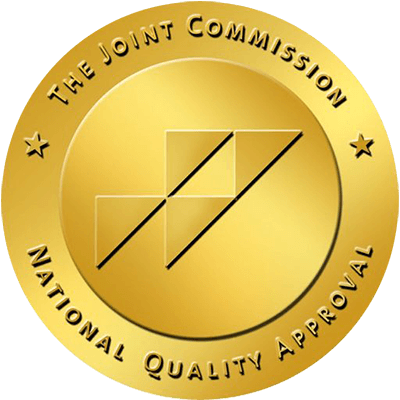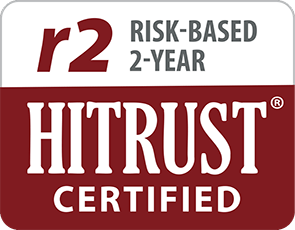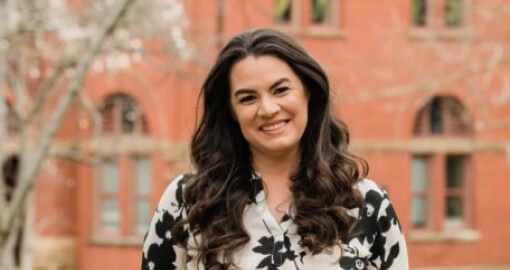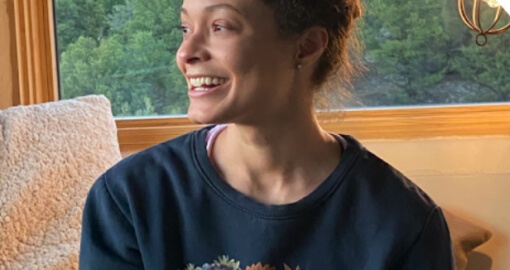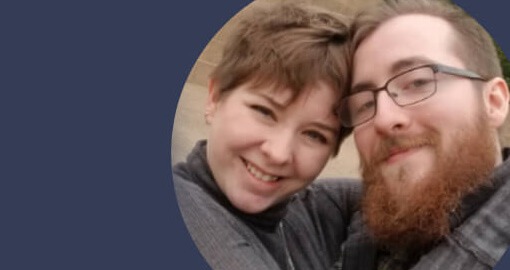Written by Shannon,
Brightside Health
7 Minute Read

Medically reviewed by:
Mimi Winsberg, MD
Chief Medical Officer
10 Minute Read
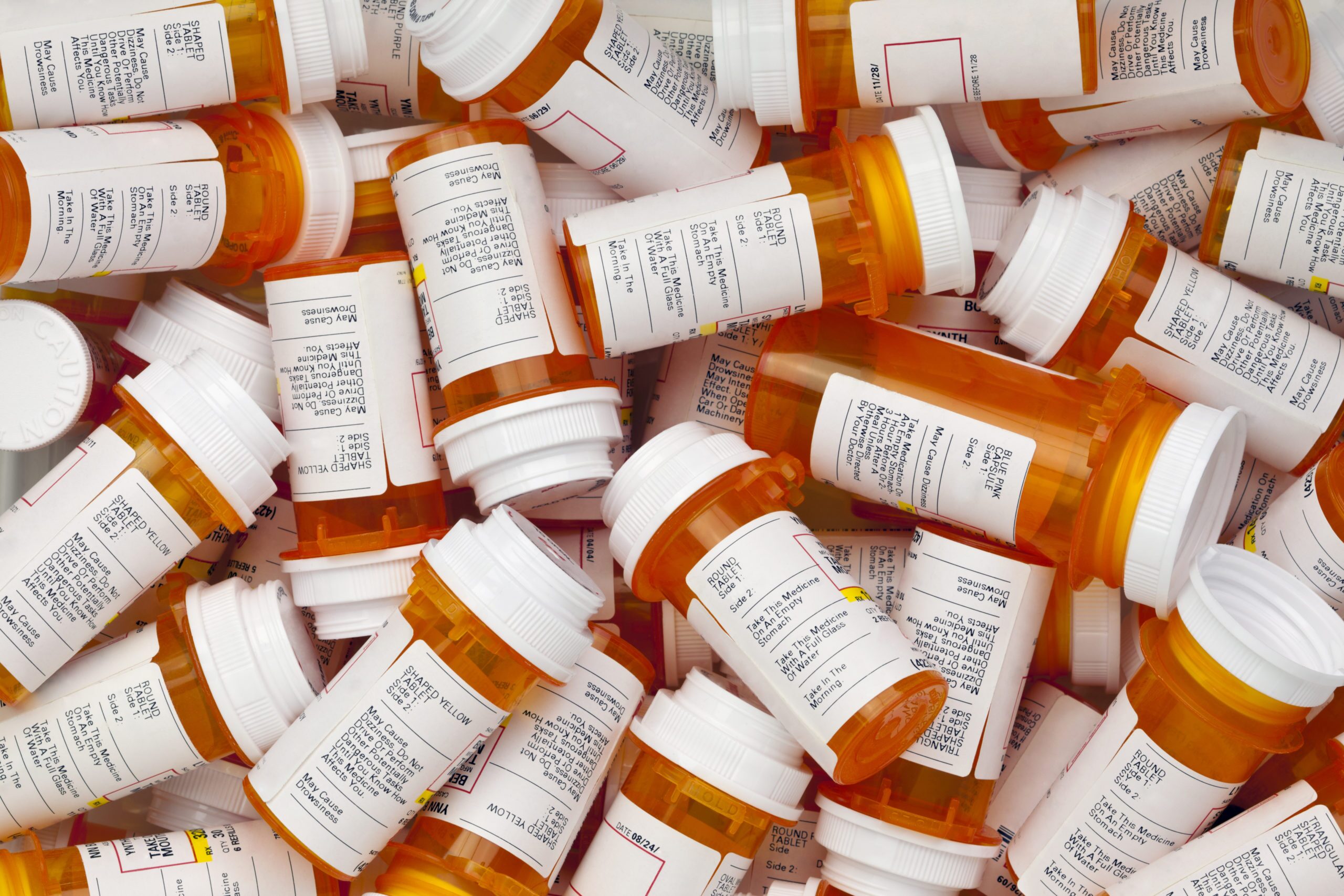
Medication like antidepressants can be a powerful, effective tool for reducing the symptoms of depression, anxiety, and other related conditions. The right medication can be truly life-changing for people. But just like any other medication for a health condition, it’s important to use them correctly.
Responsible prescribing of psychiatric medication includes thoughtful diagnosis to determine if medication is right for an individual, careful selection of medication to maximize symptom reduction and minimize side effects, ongoing monitoring, and intentional tapering. Unfortunately, traditional care paths and telemedicine platforms often fall short of adhering to these best practices.
At Brightside Health, we built our clinical protocols, platform, and care delivery to ensure safe, responsible standards of prescribing for every member. We offer personalized, data-driven mental health plans—including medication, therapy, or both—to help individuals get the care they need to feel better faster, and stay that way longer. Our psychiatric providers, who are psychiatric nurse practitioners or MDs, follow the American Psychiatric Association (APA) practice guidelines for prescribing medication and ensure:
- An ongoing 1:1 supportive relationship between licensed provider and member throughout treatment, without intermediaries
- Careful, thorough diagnosis and consideration of whether or not medication is appropriate—with evidence-based therapy and self-care commonly recommended first or as complementary to treatment
- If medication is appropriate, rigorous analysis and selection of treatment to maximize benefit, minimize side effects, and personalize to a member’s needs and preferences
- Consistent measurement of symptoms using clinical assessments (PHQ-9, GAD-7) and check-ins to inform treatment adjustment
- A structured, intentional care plan for every individual with the goal of tapering and ending medication when appropriate
These stringent standards allow Brightside to deliver informed, responsive care that is both clinically sound and human, leading to measurably better outcomes. We started by treating individuals with more severe mental health needs and have expanded to treat nearly the full spectrum of severity, complexity, and acuity. Using what we refer to as precision psychiatry, we developed a clinical decision support tool that analyzes data about an individual to predict which medication is most likely to work.
By personalizing treatment to a member’s unique symptom clusters, they’re able to achieve superior outcomes. Within 12 weeks, 86% of Brightside members experience clinically significant improvement and 71% achieve remission of symptoms altogether. A recent external analysis found that Brightside’s care performed 50% higher in response and remission rates when compared to treatment as usual from a leading U.S. health system.
What types of conditions does Brightside treat?
Brightside treats individuals with a range of symptom severity, with a specialization in those with complex mental health needs across the full range of mood and anxiety disorders. In situations where remote care may not be appropriate for an individual’s needs, we guide them to appropriate local care resources.
The conditions Brightside treats include:
- Generalized anxiety disorder
- Major depressive disorder
- Panic disorder
- Phobia
- Social anxiety disorder
- Obsessive-compulsive disorder (OCD)
- Post-traumatic stress disorder (PTSD)
- Seasonal affective disorder
- Postpartum depression
- Premenstrual dysphoric disorder (PMDD)
- Insomnia
- Bipolar II disorder
How does an individual get prescribed medication?
Members can access Brightside directly or through certain insurance plans. Once they complete a comprehensive intake assessment that captures over 100 unique data points, they can schedule an appointment and meet with a psychiatric provider in as little as 24 hours.
At that first 30-minute appointment, the psychiatric provider takes time to get to know the member and evaluates their symptoms and history before any diagnosis is made. From there, the provider will recommend treatment plan options which they’ll explain and discuss collaboratively with the member. The psychiatric provider may recommend therapy, self-care, medication, or any combination. Currently, about half of Brightside members are engaged in both therapy and medication, or therapy alone.
If a psychiatric provider concludes that a member will likely benefit from medication, including to lessen symptoms in order to actively engage in a therapeutic relationship, they’ll consider information provided by Brightside’s clinical decision-making tool, PrecisionRx, before selecting a medication. The technology analyzes a variety of data about a member, including medical history and preferences, as well as present symptom clusters, to recommend which medication is likely to be most tolerable and effective. In a representative study of over 6K Brightside members, conventional prescribing practices only covered 13% of the unique treatment plans prescribed.
This degree of personalization is remarkably worthwhile; as a result of our innovative proprietary technology and our licensed providers’ expertise, Brightside’s response rate at first medication is 70%. The population effect size of any given antidepressant is about 35%. Brightside care is more likely to get the medication right the first time and optimize it for each individual’s needs.
What medications do you prescribe?
Brightside only prescribes FDA-approved medications that have a proven safety profile and deliver clinically-meaningful benefits to our members, including antidepressant medication like SSRIs and SNRIs. There’s never a guarantee that our providers will write a prescription. If a member is prescribed medication after an evaluation, it can be picked up at the local pharmacy of their choice.
We do not prescribe controlled substances as we are committed to providing safe and effective care. Prescribing controlled substances, especially in a virtual environment, comes with risk. While controlled medications may provide symptom relief quickly, they are less effective at providing lasting relief. Individuals can develop addiction and tolerance in a short period of time, requiring a higher dosage of medication to generate the same effect. Due to this high risk of abuse and limited efficacy, Brightside does not prescribe controlled substances, focusing instead on safe, effective treatments.
How are members supported throughout the process?
With our measurement-based care approach, Brightside monitors members’ progress through online check-ins based on the GAD-7 and PHQ-9, as well as text-based analysis. The Brightside platform monitors for any scenario where a member may need support, immediately notifying their provider to conduct a review and proactively intervene as needed to keep each member’s treatment on track. In addition to any responsive care needs, members also meet with their provider via video visits every three months at a minimum.
Members in the therapy plan also engage in a therapeutic program based on the Unified Protocol, a modern enhancement of Cognitive Behavioral Therapy (CBT). Licensed therapists guide members through the clinically-proven program and release video lessons with key skills, which creates a holistic, collaborative approach to mental health care. Engaging in both medication and therapy leads to a 60% higher chance of recovery than one treatment alone. Every Brightside member also receives self-care resources, focused on developing daily habits that support mental wellness.
Throughout their care, Brightside members have support available whenever they need it. Members can request case reviews or message their provider to ask questions and share information at any time. We also have a psychiatrist on call 24 hours a day, 7 days a week.
Our psychiatric providers typically recommend members continue medication for nine to 12 months, depending on symptom severity, and treatment may be shorter or longer based on each individual’s needs. All individuals have structured, intentional care plans with the goal of tapering and ending medication. When that time for concluding treatment arises, members are aware, supported, and monitored by their provider.
How are providers supported?
Each Brightside provider has a supervisor who both proactively and responsively reviews and supports their care delivery. They also engage in case consults and community counsel with other expert Brightside providers.
Brightside has implemented a continuous quality improvement system that oversees the entire clinical process, which is fully HIPAA compliant.
If you have a question about Brightside Health’s medication plan, you can reach out to [email protected].











